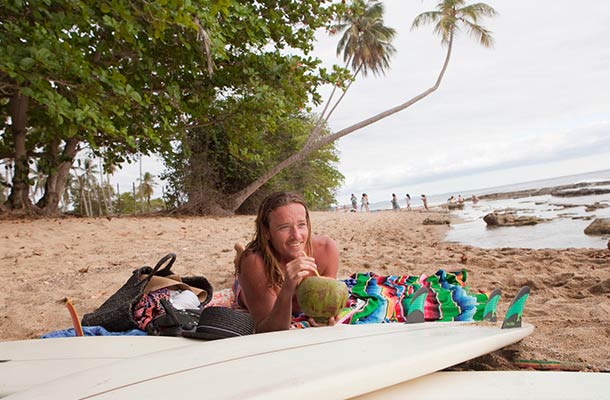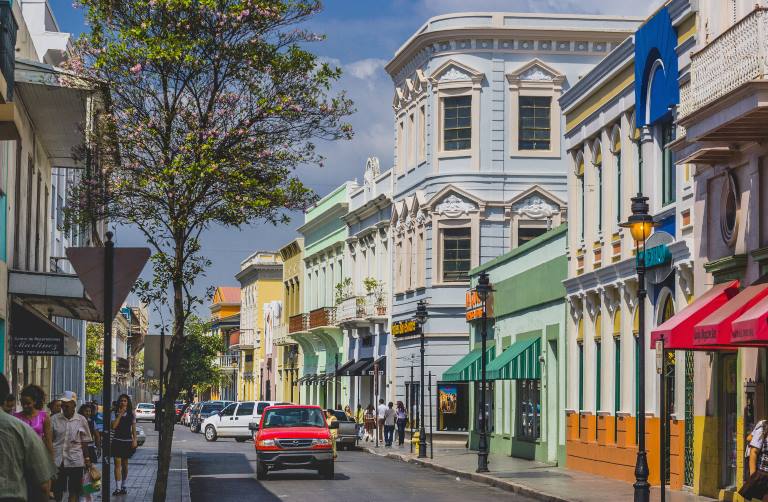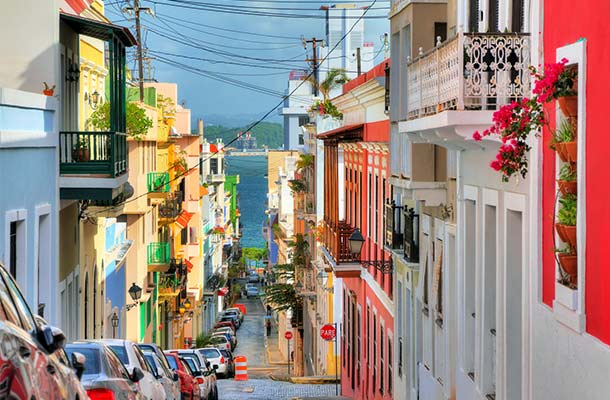How to Stay Healthy While Traveling Around Puerto Rico
Can you drink the tap water, and what about vaccinations before you go? Find out how to stay healthy on your vacation in Puerto Rico.
 Photo © iStock/Image Source
Photo © iStock/Image Source
- Vaccinations
- Medical treatment in Puerto Rico
- Avoiding diseases in Puerto Rico
- Beware of these bugs in Puerto Rico
- Is Puerto Rican water safe?
- Chances of a natural disaster in Puerto Rico
- Exploring Puerto Rico's natural landscapes
Vaccinations
See your travel doctor prior to your trip to make sure you are up to date with booster shots, and to get the most relevant advice for your personal circumstances.
The CDC recommends the following vaccinations for travelers to Puerto Rico:
- Hepatitis A and B
- Measles, mumps and rubella (MMR)
- Typhoid
- Tdap (tetanus, diphtheria and pertussis)
- Chickenpox and shingles
- Influenza
- Pneumonia
- Meningitis
- Polio
- Rabies.
Medical treatment in Puerto Rico
Generally speaking, the best doctors can be found in the San Juan metro area, however medical facilities in the country are comparable to those available in the USA, and there are 90 medical facilities and hospitals throughout Puerto Rico. In the case of an emergency, call 911.
Avoiding diseases in Puerto Rico
Diseases are a downer. Unfortunately, Puerto Rico is an environment rife with certain bug-borne bugs and other illnesses to watch out for. The Centers for Disease Control and Prevention recommends anyone traveling to Puerto Rico get vaccines for hepatitis A and B and typhoid.
Though the viral form of the illness is easier to handle than the bacterial kind, it's still no picnic. Symptoms include headache, a stiff neck, fever and vomiting.
Dengue fever is another illness we can blame on insects. Mosquitoes to be specific. Common in high population island areas like Puerto Rico the highest transmission rates occur between and September and November.
The island has not experienced a major outbreak since 1998, but you can help your odds by wearing insect-repellant to ward off mosquitoes.
Zika virus has been found in Puerto Rico, so like you would with Dengue and other mosquito borne diseases; take precautions to prevent being bitten.
Other animal hazards
Mosquitoes, scorpions, centipedes, flying cockroaches and tarantulas can all be found inside and out in wilderness areas such as forests . If you want to avoid waking up to these nightmare-inducing creatures, waving their antennas or reaching a hairy leg at you from your pillow; keep your windows closed (if there are no window screens), doors closed and store away items such as food and backpacks.
Sand bugs, also known as sand fleas and sand flies, like to bite. These bites turn into especially annoying and itchy bumps. These tiny white or red irritations can sneak up on you hours after you've been bitten. The hungry critters most like to feast on human blood in the morning and evening throughout the year. Topical creams and forms of ibuprofen are common treatments.
Also beware of mongooses, as these weasel-like creatures can carry rabies. Rats and stray dogs are common in areas like San Juan, and can be seen out and about at night.
Can I drink the water in Puerto Rico?
Being an American territory, Puerto Rico's water standard is usually on par with the United States and is closely monitored by federal health authorities. However, after Hurricane Maria it's recommended to only drink bottled or treated water while essential services like sanitation and water are restored. Street food is also normally well-prepared and quite delicious.
Puerto Rico has some amazing waterfalls, rainforest pools and plenty of spots to take a dip to cool down or a drink; however there is the risk of exposure to contaminated water which can infect any wounds or cause digestive illnesses such as gastro or schistosomiasis, which has similar symptoms to gastro. If you think you have been exposed to contaminated water whether via a wound or ingesting it, head to hospital immediately. Drying yourself with a towel can also cut your chances of schistosomiasis.
Don't ignore these symptoms if you feel unwell, as left untreated, schistosomiasis can lead to kidney failure, enlarged liver and spleen and fluid build up in the abdominal cavity. So before you decide to trek off somewhere and jump into that inviting pool to cool off, ask the locals where the best and safest spots are to swim.
Hurricanes in Puerto Rico
Hurricanes are the most common form of natural disaster in Puerto Rico, and the season spans nearly half the year, from May to November. September and October are the worst months for tropical storm activity, so avoid planning your trip during this time, if possible. The weather service keeps a close eye on hurricane activity and tropical storms forming in or heading toward the area. But even if this weather hits other parts of the Caribbean, it won't always strike Puerto Rico.
Exploring Puerto Rico's natural landscapes
Natural geography can hurt. A recent traveler recommends using caution when traveling to Isabela's El Poso de Jacinto at Jobos Beach in the northwestern part of the island. A large, unfenced opening sits atop an area of sharp rocks, so avoid going too close if you don't want to become one with the roaring waves.
Use caution around reef breaks during low tide at beaches throughout the island. Rip currents at Maria's, Jobos, Surfers and Wilderness beaches can be particularly dangerous.
When hiking in places like Experience El Yunque National Forest, travelers say to beware of slippery trails and rocky paths. In addition to the rain itself, waterfalls and rivers can flood the road.
Poisonous plants exist in this area as well, so wear long pants and avoid touching any of the flora and fauna. Stick to the trails in the forest, as it is very easy to get lost with the dense plant life and rugged, steep landscape.
Related articles
Simple and flexible travel insurance
You can buy at home or while traveling, and claim online from anywhere in the world. With 150+ adventure activities covered and 24/7 emergency assistance.
Get a quote

No Comments